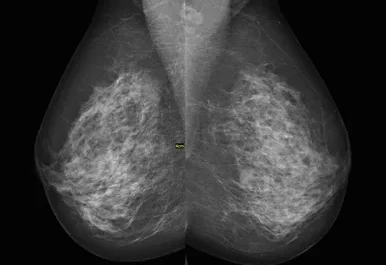
Commonly referred to as an IOL, it is a small, artificial lens that is implanted inside the eye as part of a cataract surgery. The natural lens of the eye, which is normally located behind the iris and pupil, becomes cloudy and opaque as cataracts develop. This creates blurred or dim vision. During cataract surgery, the cloudy natural lens is removed and replaced with an artificial IOL. The goal of IOL implantation is to replace the focusing power of the natural crystalline lens and restore clear vision.
Types of Intraocular Lenses
There are different types of IOLs available depending on lens material and lens design. Some of the main types include:
Monofocal IOL: A monofocal IOL has a single optical power and is designed to focus light onto the retina for either distance or near vision, but not both. Patients often need reading glasses after monofocal IOL implantation.
Multifocal IOL: Multifocal IOLs contain multiple optical zones that allow focusing of light for both distant and near vision without glasses. However, patients may experience visual disturbances like halos around lights at night.
Toric IOL: A toric IOL is shaped to correct pre-existing astigmatism. It has a torque-like property that restores proper focused vision in patients with astigmatism after cataract surgery.
Accommodating IOL: Rather than a fixed power, accommodating Intraocular Lenses aim to change focus like the natural lens by responding to contractions of the eye’s ciliary muscle. However, this technology is still under development.
Materials include polymethylmethacrylate (PMMA), silicone, acrylic, and foldable lenses made of soft acrylic or silicon. Foldable lenses allow for smaller incisions during surgery.
The Cataract Surgery and Intraocular Lens Implantation Process
On the day of surgery, eye drops are applied for dilation and numbing prior to the procedure. The surgery itself takes around 30 minutes and is usually performed on an outpatient basis. Here are the key steps:
1. A small incision is made in the eye’s outer layer, or the cornea. This allows the insertion of surgical instruments.
2. The cloudy natural lens is broken up and aspirated out through the incision using an ultrasound probe. This process is called phacoemulsification.
3. The empty lens capsule is thoroughly cleaned. Saline solution is used to rinse away any remaining lens fragments.
4. The selected IOL is then carefully placed inside the lens capsule using specially designed forceps or an insertion device.
5. The Intraocular Lens unfolds and becomes centered behind the iris. It remains there permanently, replacing the need for the clouded natural lens.
6. Antibiotic and steroid eye drops are administered after surgery to prevent infection and reduce inflammation. A protective eye shield may be worn overnight.
7. Vision recovery after cataract surgery and IOL implantation is usually quite rapid, but may take a few days or weeks to fully stabilize. Patients are monitored closely during follow-up visits.
Benefits of IOL Implantation
Getting an IOL during cataract surgery offers numerous benefits compared to relying solely on glasses after removal of the natural lens. Some advantages include:
– Restored clarity of vision without the cloudy lens obstructing light. This improves sight significantly.
– Freedom from glasses or contact lenses for either distance or near vision, depending on the Intraocular Lens type used.
– Possible spectacle independence reduces dependency on readers or bifocals/progressive lenses.
– Less risk of future vision changes compared to an aphakic state without any lens.
– Improved quality of life with better light perception, clearer sight, and less issues due to cataracts.
– Quick recovery time from the simple outpatient surgery vs contact lenses after lens removal.
– Stabilized vision long-term. Intraocular Lens implantation provides consistent refraction safely for many years.
– Ability to participate in sports, hobbies, work without impact on vision clarity.
– Reduced costs over time versus alternatives like high prescription glasses.
In summary, replacing the removed natural lens with an IOL is the primary choice for restoring focus after cataract surgery and taking full advantage of improved vision. Implanted Intraocular Lens have provided life-changing benefits to millions of cataract patients worldwide.


